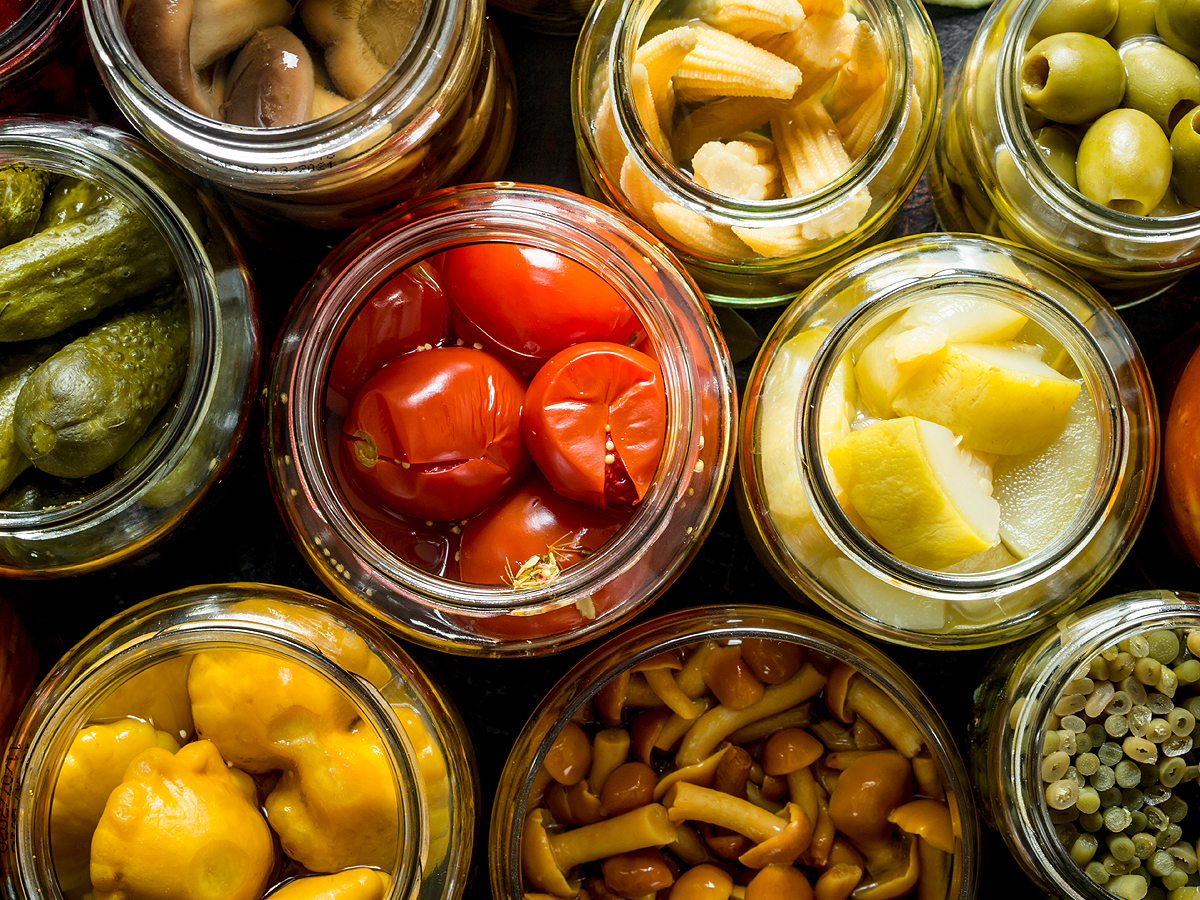Canning Basics and How to Get Started
July 7, 2023
Back when Napoleon Bonaparte was busy conquering the world, one of his primary concerns was feeding the troops. According to historians, he offered a cash prize for the invention of reliably preserved foods. Canning in bottles was created. Today, we use jars, but the principle and methods are similar and quite easy once you understand how it works.
Get Advice from the Pros
Oregon State University Extension Service (OSU) and Washington State University Extension Service (WSU) offer recipes and advice to get you started and ensure you have a safe and enjoyable experience. Have questions? Call OSU’s food safety and preservation hotline at 1-800-354-7319 or use their online web form. WSU’s hotline is at 206-263-1925. Want to chat with someone nationally? Visit the National Center for Home Food Preservation.
Another publication that may help includes Food Safety and Preservation: Using Preserved Foods Safely.
Get Your Essentials
Thanks to Landis Mason, the jars we know and love that hermetically seal (airtight) are a canning staple. Check out our Quick History of Ball® Mason Jars for more on this great story.
To start canning, you’ll want to get a wide-mouth funnel, jar lifter, lid wrench to get lids extra tight, kitchen tongs, and a magnetic lifter to lift jars out of hot pressure cookers. You’ll also need plenty of canning jars, which you can also get at Coastal in many sizes.
Choosing a Water Bath Canner or Pressure Canner
Depending on what you plan to preserve, the folks at OSU and WSU state that most people need both types of canners. A water bath canner is great for beginners preserving jams and pickles. Anytime you are canning low-acid foods (such as meats, vegetables, fish, or poultry), you need to use a pressure canner. Don’t worry. Both are easy to learn and perfect. Just be sure to follow the directions from the manufacturer or those from OSU or WSU.
How Canning Works
We all know that foods contain microorganisms. This is what causes food to spoil. Canning food pauses that process by destroying the microorganisms. We do this with heat, which pushes air from the jar. Once all the air is gone, you’ve got a vacuum seal, which allows you to safely store your food for later.
How long do your jars of food last? That depends on the food and the method you used to preserve it. The National Center for Home Food Preservation has all the info you need to safely store your preserves.
Coastal tip: The elevation where you live can impact how to safely can your food. Find your current altitude with some help from the U.S. Geological Survey.
Start with Something Easy
We’ve put together several recipes to help you get started with canning. These include Canning Apple Pie Filling as well as Canning Peaches.
Coastal Has Your Canning Supplies and Knowhow
Today’s canning supplies are manufactured with your time and health in mind, including Ball’s BPA-free lids. Pick up a set of Ball® Quart Jars with lids and bands, as well as the Presto 23-quart Pressure Canner and cooker designed for easy, confident home pressure canning at Coastal.
